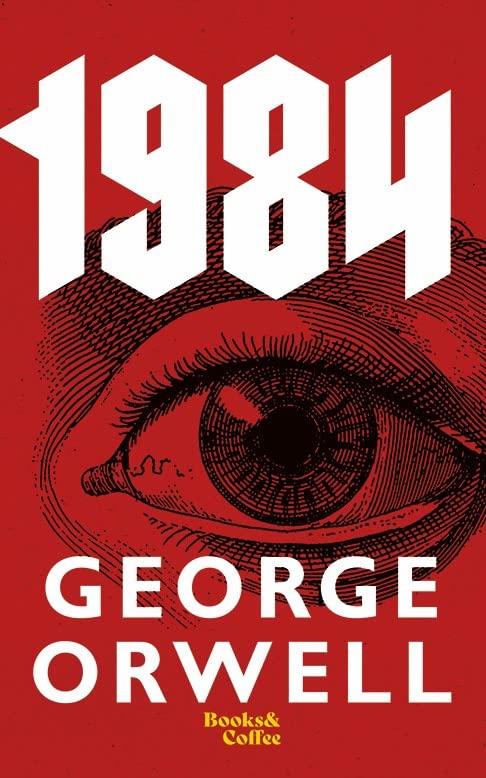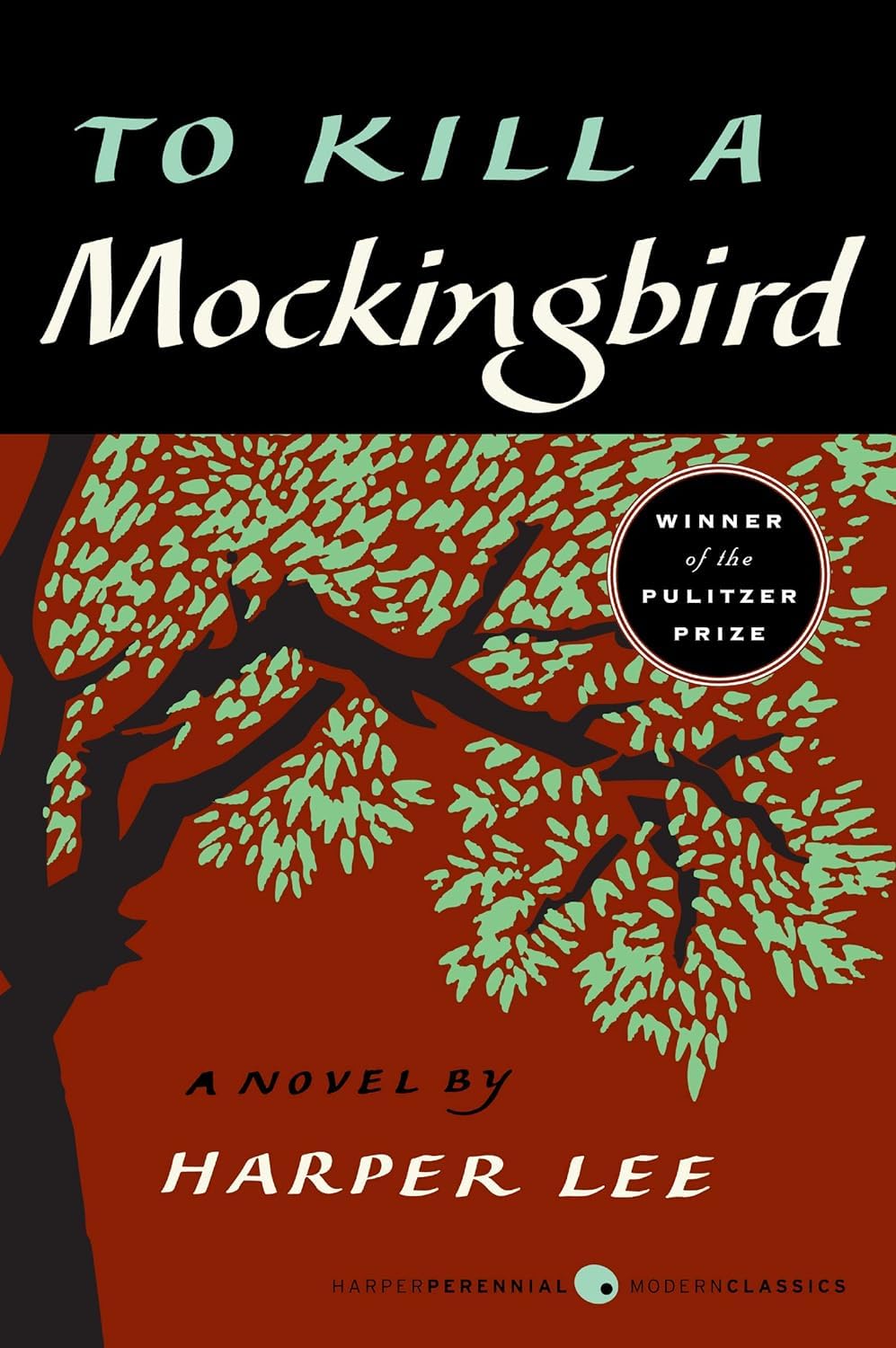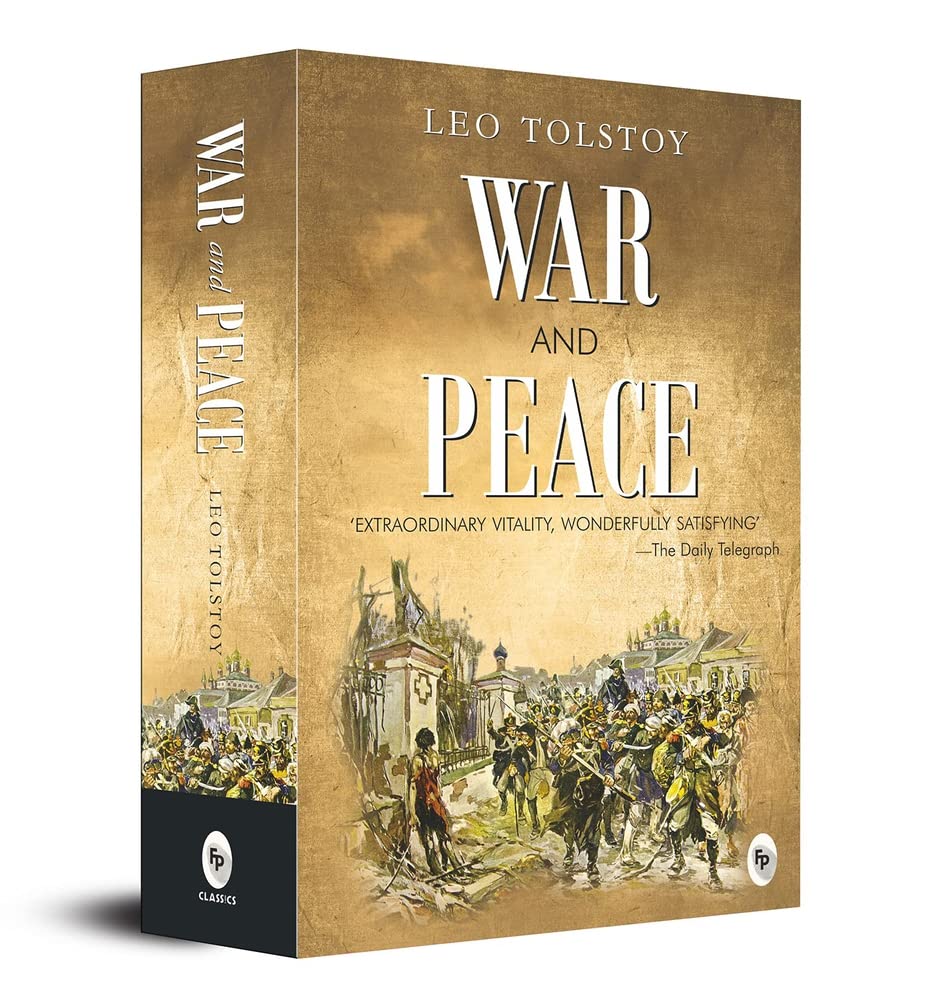Classic novels are timeless treasures that have profoundly impacted literature, offering readers stories filled with rich themes, unforgettable characters, and enduring lessons. Here are 10 classic novels that should be a staple in every reader’s collection:
1. Pride and Prejudice by Jane Austen
Pride and Prejudice by Jane Austen is a beloved classic that explores themes of love, social class, and family dynamics in 19th-century England. The novel follows Elizabeth Bennet, an intelligent and spirited young woman, as she navigates the societal pressures of marriage while dealing with her own prejudices. When she meets the wealthy and seemingly arrogant Mr. Darcy, their initial friction gradually gives way to mutual understanding and respect.
The novel is renowned for its sharp wit and vivid portrayal of societal norms, particularly the roles and expectations of women during that era.
Through the unfolding romance and misunderstandings between Elizabeth and Mr. Darcy, Austen cleverly critiques the rigid class distinctions and the importance placed on wealth and status in marriage. Pride and Prejudice remains a timeless story, admired for its memorable characters, humor, and keen observations on human behavior.
2. 1984 by George Orwell
1984 by George Orwell is a dystopian novel that presents a chilling vision of a totalitarian regime where government surveillance, propaganda, and thought control dominate every aspect of life. The story follows Winston Smith, a low-ranking member of the Party in Oceania, who secretly rebels against the oppressive system. Under the watchful eye of Big Brother, Winston begins to question the Party’s absolute control over truth and reality.
Set in a world of perpetual war and constant monitoring, Orwell’s novel explores themes of power, authoritarianism, and the loss of individuality.
The concepts of “doublethink” and “thoughtcrime” highlight the manipulation of language and truth, making 1984 a profound warning about the dangers of unchecked political power. Orwell’s work remains a timeless critique of oppressive regimes and serves as a powerful reminder of the importance of freedom and truth in society.

The story of Winston Smith’s rebellion against oppressive authority is a powerful reflection on freedom, truth, and the dangers of absolute power.
3. To Kill a Mockingbird by Harper Lee

To Kill a Mockingbird by Harper Lee is a powerful novel that explores themes of racial injustice, morality, and empathy in the American South. Set in the 1930s, the story is narrated by young Scout Finch, who lives in the fictional town of Maycomb, Alabama. Through her eyes, we witness the deep-seated racism and prejudice that plague the town when her father, Atticus Finch, defends Tom Robinson, a Black man falsely accused of raping a white woman.
One of the novel’s central themes is the loss of innocence as Scout and her brother, Jem, confront the harsh realities of their society. Atticus Finch, often regarded as a moral hero in literature, teaches his children about courage, integrity, and empathy. He famously tells Scout that “you never really understand a person until you consider things from his point of view,” a lesson that resonates throughout the novel.
The trial of Tom Robinson serves as a poignant reflection of the systemic racism entrenched in the legal system and society at large. Despite Atticus’s strong defense and Tom’s clear innocence, the jury’s unjust verdict highlights the deep-rooted racial biases that persist in the community. The novel’s portrayal of the harsh realities of racial injustice remains strikingly relevant today.
To Kill a Mockingbird is a timeless classic that continues to resonate with readers for its exploration of moral integrity and social justice. Lee’s powerful narrative, combined with memorable characters and enduring themes, makes it a must-read for anyone seeking to understand the complexities of prejudice and the human condition.
4. Moby-Dick by Herman Melville
Moby-Dick by Herman Melville is a monumental tale that explores obsession, revenge, and the human struggle against nature. The novel tells the story of Captain Ahab’s relentless pursuit of Moby Dick, a giant white whale that had previously maimed him. Narrated by Ishmael, a sailor aboard the whaling ship Pequod, the novel delves into philosophical musings, vivid depictions of life at sea, and the deep psychological torment driving Ahab’s quest.
At its core, Moby-Dick is a narrative about the dangers of unchecked obsession. Captain Ahab’s fixation on avenging himself against the whale becomes an all-consuming force that drives him to the brink of madness.
Ahab’s character, Melville explores the destructive power of revenge and the futility of battling forces beyond human control. Melville also offers a rich examination of the natural world and humanity’s place within it. The novel is filled with detailed descriptions of whales, the ocean, and the mechanics of whaling, giving readers a glimpse into a bygone era of maritime adventure.

Moby-Dick is not just an adventure story, but a deep exploration of existential themes, making it one of the most complex and significant works in American literature. The novel’s layers of meaning, symbolic richness, and Melville’s innovative narrative style make it a timeless classic. Although it was not fully appreciated in Melville’s time, Moby-Dick has since become a cornerstone of American literary canon, offering readers an enduring and thought-provoking journey.
5. The Great Gatsby by F. Scott Fitzgerald
The Great Gatsby by F. Scott Fitzgerald is a classic American novel that captures the essence of the Roaring Twenties, a period marked by wealth, excess, and social change. Set in the summer of 1922, the novel tells the story of Jay Gatsby, a mysterious millionaire who throws extravagant parties in hopes of reuniting with his lost love, Daisy Buchanan. Narrated by Nick Carraway, Gatsby’s neighbor, the novel explores the illusions and desires that drive its characters.
At its heart, The Great Gatsby is a critique of the American Dream. Gatsby’s relentless pursuit of wealth and status is driven by his belief that it will help him reclaim Daisy’s love. However, his dream is ultimately revealed to be hollow, as he finds himself trapped in a world of superficiality and moral decay. Fitzgerald skillfully exposes the emptiness behind the glitz and glamour of the Jazz Age, showing how the pursuit of material success often leads to disillusionment.
The novel’s exploration of love, ambition, and social class remains relevant today. Through characters like Tom and Daisy Buchanan, Fitzgerald portrays the carelessness of the wealthy elite and the destructive impact they have on others. The Great Gatsby is a timeless tale of aspiration, longing, and the tragic consequences of chasing unattainable dreams, making it a staple in American literature.
6. War and Peace by Leo Tolstoy

War and Peace by Leo Tolstoy is an epic novel that masterfully blends historical events, personal struggles, and philosophical reflections. Set during the Napoleonic Wars in early 19th-century Russia, the novel follows the lives of several aristocratic families as they navigate love, conflict, and societal expectations. Central characters like Pierre Bezukhov, Prince Andrei Bolkonsky, and Natasha Rostov face profound personal transformations as they are swept up in the turmoil of war and the search for meaning in life.
At its core, War and Peace is a sweeping exploration of human experience during times of upheaval. Tolstoy vividly depicts both the brutality and chaos of war and the tranquility and joy of family life, creating a stark contrast between the public and private worlds of his characters. Through these dual settings, he delves into themes of fate, free will, and the unpredictable nature of life. The novel’s vast scope captures the complexity of historical events while emphasizing the significance of individual choices.
One of the novel’s most notable features is its intricate character development. Tolstoy presents his characters with such depth and nuance that they feel remarkably real. Each character’s journey, whether it’s Pierre’s quest for spiritual fulfillment or Natasha’s coming-of-age, is marked by inner conflict and growth. Through their evolving perspectives, the novel explores universal questions about love, purpose, and the meaning of life.
War and Peace is more than just a historical novel; it’s a profound meditation on human nature and society. Tolstoy’s seamless integration of philosophical discussions into the narrative challenges readers to reflect on the forces that shape history and the role individuals play in it. With its richly detailed prose, multifaceted characters, and sweeping portrayal of a society in flux, War and Peace stands as one of the greatest literary achievements in world literature.








